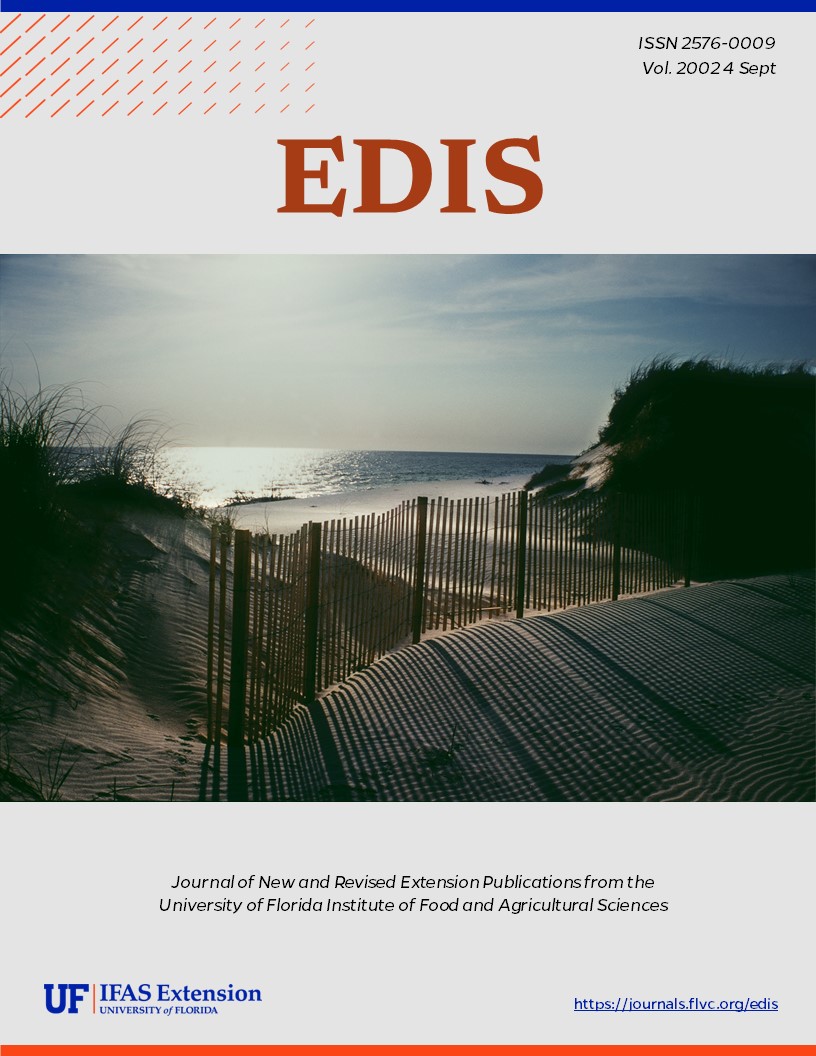Abstract
Liming is an effective tool in fish production and pond management. However, lime is casually used to describe two different types of materials, used for very different purposes.
Agricultural limestone refers to calcite (calcium carbonate) and dolomite (calcium magnesium carbonate). The calcium and magnesium components raise the total hardness of water, essential to the health of many aquatic species. The carbonate component raises the total alkalinity and the pH, buffering daily fluctuations in pH, increasing microbial activity in the pond soil, and increasing the availability of phosphorous to phytoplankton. Pond water with total alkalinity less than 20 ppm can benefit from liming.
Hydrated lime (calcium hydroxide) is an inexpensive and effective pond sterilizer, raising the pH quickly and dramatically above tolerable levels for most aquatic organisms. It should be used carefully, avoiding contact to the applicator, and never used in ponds containing desirable fish. This document was published first time in June, 1997

This work is licensed under a Creative Commons Attribution-NonCommercial-NoDerivatives 4.0 International License.
Copyright (c) 2013 UF/IFAS

